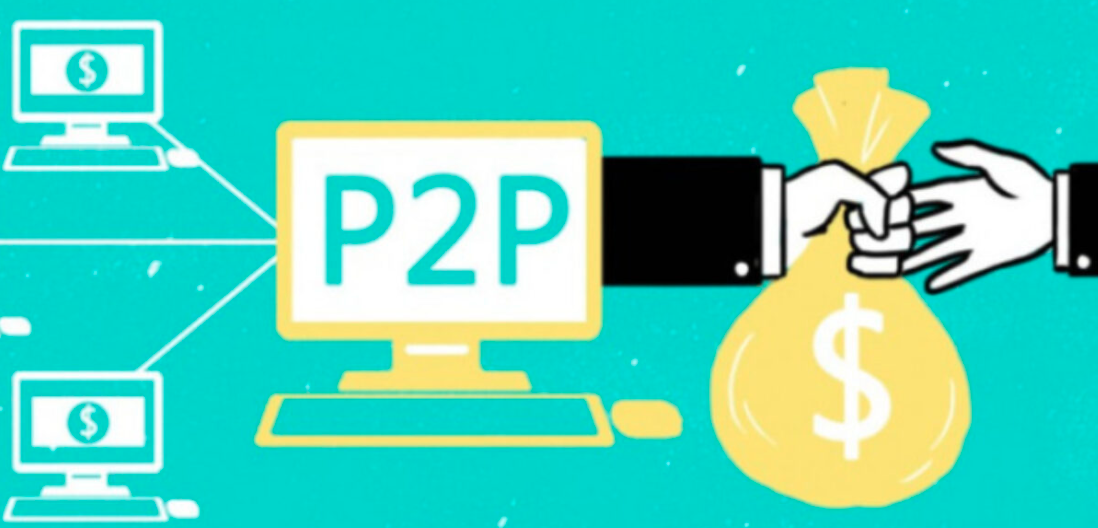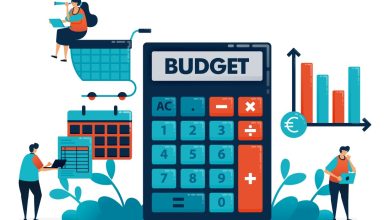
P2P lending is saving the world economy with returns that can effectively reduce inflation in many countries. The best part of Peer To Peer lending is that it focuses on individuals and small businesses who find it challenging to get loans from banks.
The fame of P2P lending services has increased continuously over the last several years as investors and borrowers have been doing successful Peer To Peer lending transactions to benefit each other.
The P2P companies are making millions of pounds, according to market surveys this year. The Bank of England is supporting them in becoming a notable competitor to the big banks in the future.
The government is also encouraging the sector. It invites P2P lenders to benefit from investments up to millions of pounds, focusing on enhancing the Peer To Peer lending market.
The Reasons behind the Popularity of Peer To Peer Lending services And Why Utilise them?
Here we provide you with the answers to the above queries and relevant information so you can better understand what P2P lending is offering.

How does Peer to Peer Lending Work?
In times of economic recession, banks and construction societies are making their loan granting process strictly. So it has become difficult to obtain a monetary loan from the banks. Also, at the same time, millions of people who want to improve their savings have been experiencing a financial crunch because of low-interest rates and price hikes that negatively affect their savings.
Today, Peer To Peer lending companies are growing because they offer benefits to both investors and borrowers. Borrowers can get quick access to funds and investors can get high returns.
Investors considering granting loans can choose the interest rate at which they want to provide the loan, the capital amount they want to invest, and the risk level they want to take.
As a result, they obtain more interest in their investments from Peer To Peer platforms than they can receive from the usual saving accounts. Whereas, borrowers searching for loans can get them on lenient terms than commonly provided by the banks.
Guidelines on Borrowing Money From P2P Services
On the Peer To Peer lending platforms, you can enter the amount of money you need to borrow and the repayment time duration. The service will provide you with an estimate of the rates you can obtain from its “loan hub”. After posting a request for a loan, the P2P platform assesses your credit rating. It will access your profile, and if your loan application is accepted, the P2P service will post your loan application on the platform according to the risk rating that will govern the transactions you will make on the system.
The P2P platform will offer you an interest rate depending on the amount of money you want to borrow, the repayment time, and your soft credit rating carried out by the Peer To Peer lending platform. For instance, the average payback interest rate on a £5,000 loan for a three-year plan is approximately ten percent.
What is the Amount of Interest that I can Earn on My Investments?
It relies on the duration of your loan interval, the amount of money you are lending, and the interest you want to earn. Usually, by lending to borrowers with above-average risk levels, you can get higher profits and vice versa.
The typical return is 5.5 percent on most of the platforms, after deducting the platform’s charges and considering the defaults. On the upper side of risk limits, you can gain as much as a 9 percent interest rate. Also, you can diversify your risk by investing in different risk categories.
Some Peer To Peer lending platforms provides certain products like monthly profitable accounts at 3.7 percent. They also offer plans like a one-year bond so that you can earn up to 4.2 percent. Moreover, they also have three to five-year income plans from which you can earn interest by monthly installments. That provides you with a chance to reinvest your cash. They can give you interest up to 6.7 and 7.7 percent accordingly. Platform charges fees from these interests.
Conclusion
Today, P2P lending is supporting the world economy by facilitating transactions between lenders and borrowers. It is playing an essential role in reducing global inflation. At times of economic recession, when the banks are offering lesser interest rates, the P2P platforms have come to the rescue. The people who want to improve their savings can invest in Peer To Peer lending platforms. So they can earn a decent income with an interest rate ranging in between 5.5 to 10 percent depending on their risk appetite. That is also good news for the borrowers because they can take loans with lower interest rates.




